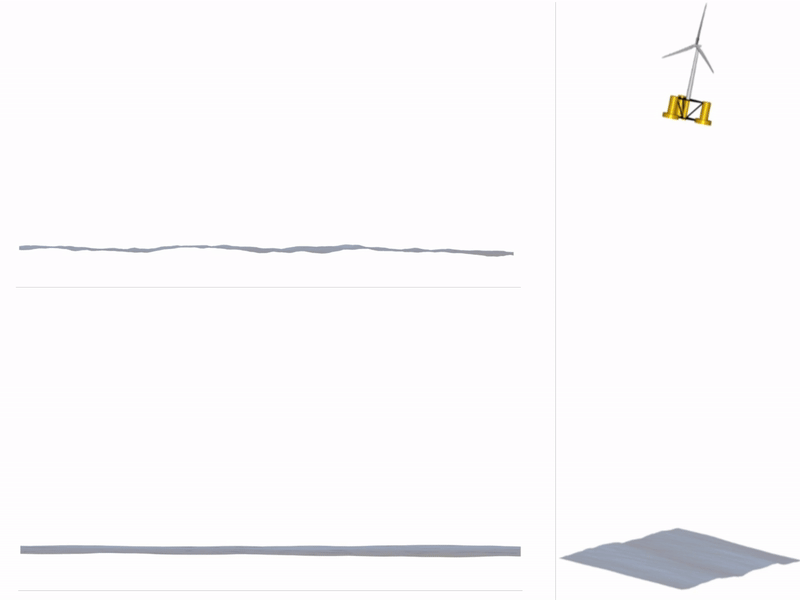Forum
Important Notice for New User Registrations
To combat an increasing number of spam and bot registrations, we now manually approve all new user registrations. While this may cause a delay until your account is approved, this step is essential to ensure the quality and security of this forum.
To help us verify your registration as legitimate, please use a clear name as user name or an official email address (such as a work, university, or similar address). If you’re concerned that we may not recognize your registration as non-spam, feel free to email us at with a request to approve your username.
python implementation of QBlade with wind, waves and current
Quote from Giacomo Dieci on 6. December 2024, 16:39I am currently running simulations by calling the QBlade DLL file from Python, looping over various wind velocities and directions. Would it be possible to integrate sea state and current modeling into the simulation and execute it in a similar manner using Python? You can find attached my script.
I am currently running simulations by calling the QBlade DLL file from Python, looping over various wind velocities and directions. Would it be possible to integrate sea state and current modeling into the simulation and execute it in a similar manner using Python? You can find attached my script.
Uploaded files:- You need to login to have access to uploads.
Quote from David on 9. December 2024, 16:48Hello Giacomo,
you are correct that no functionality similar to the setPowerLawWind() exists. Since sea states typically involve numerous parameters, exposing all of them through an API function could lead to unnecessary complexity.
Instead, the recommended approach for modifying wave conditions dynamically is to directly edit the ASCII wave file (.lwa). For example, you can adjust parameters such as Hs, Tp, and the random seed to customize a wave template for specific conditions. Once modified, you can load the corresponding simulation file (.sim) that references the updated wave template. This method requires altering only a few lines in the .lwa file to achieve the desired conditions.
BR,
David
Hello Giacomo,
you are correct that no functionality similar to the setPowerLawWind() exists. Since sea states typically involve numerous parameters, exposing all of them through an API function could lead to unnecessary complexity.
Instead, the recommended approach for modifying wave conditions dynamically is to directly edit the ASCII wave file (.lwa). For example, you can adjust parameters such as Hs, Tp, and the random seed to customize a wave template for specific conditions. Once modified, you can load the corresponding simulation file (.sim) that references the updated wave template. This method requires altering only a few lines in the .lwa file to achieve the desired conditions.
BR,
David


